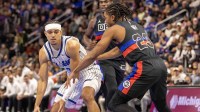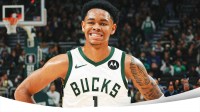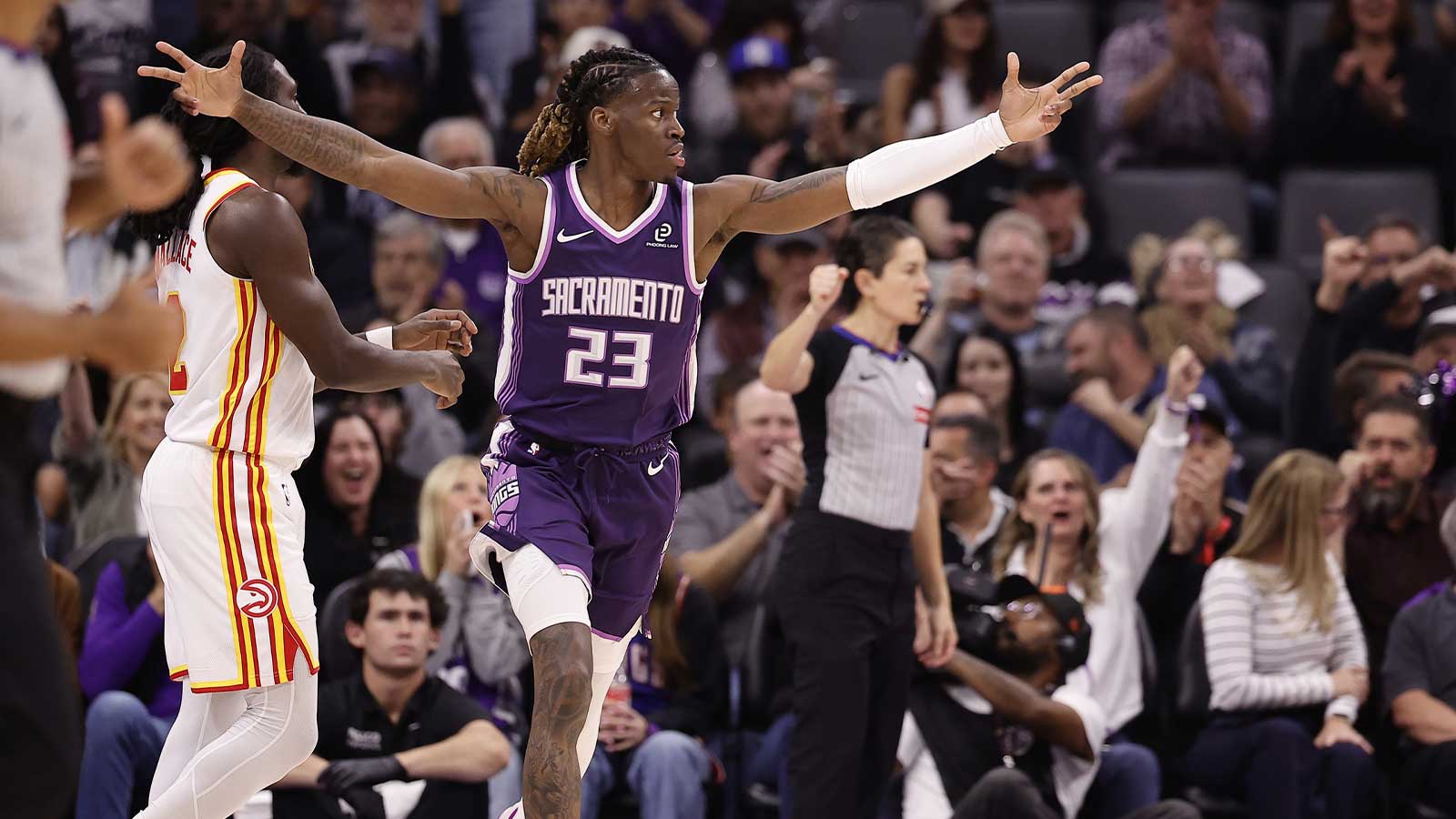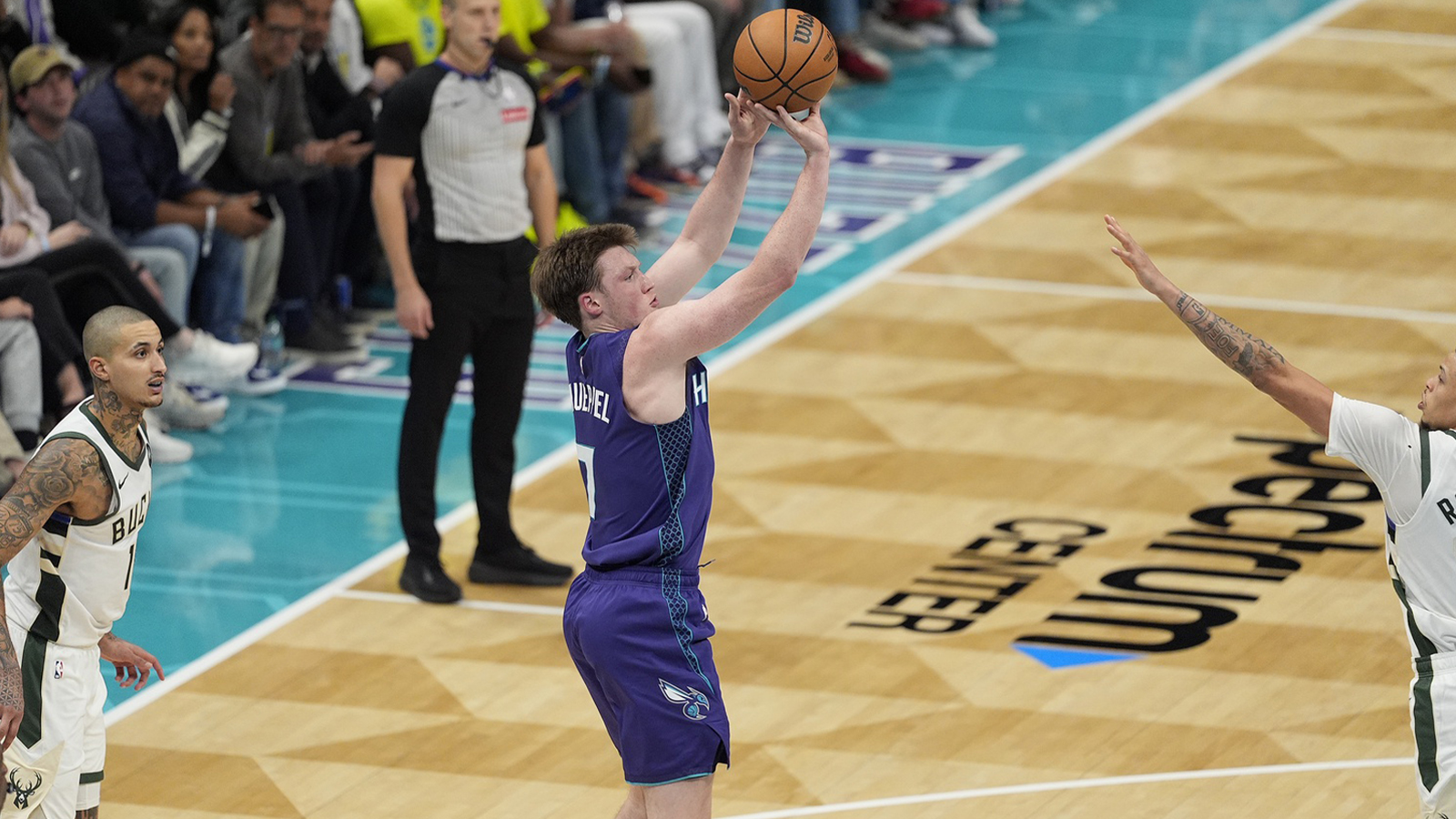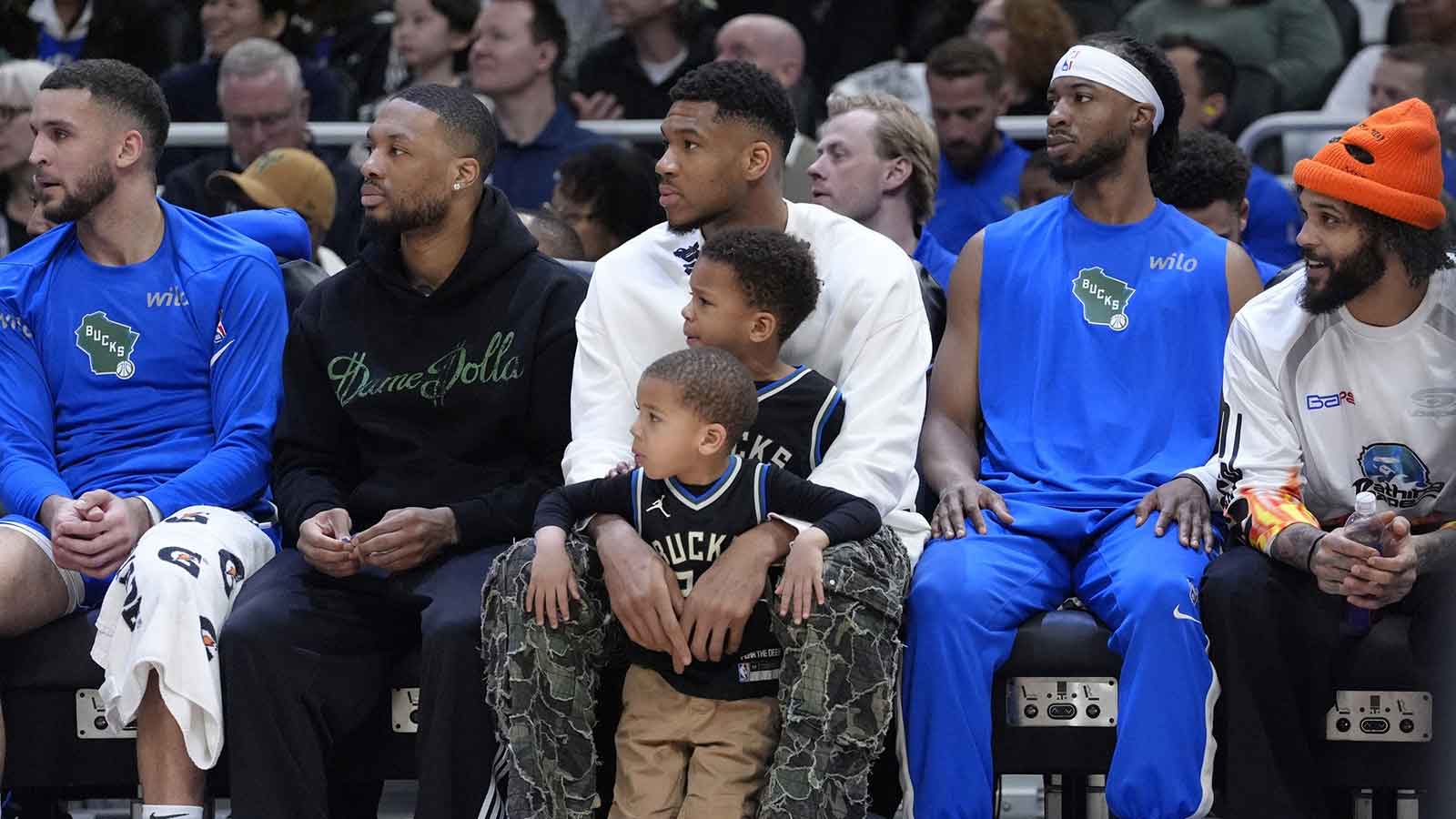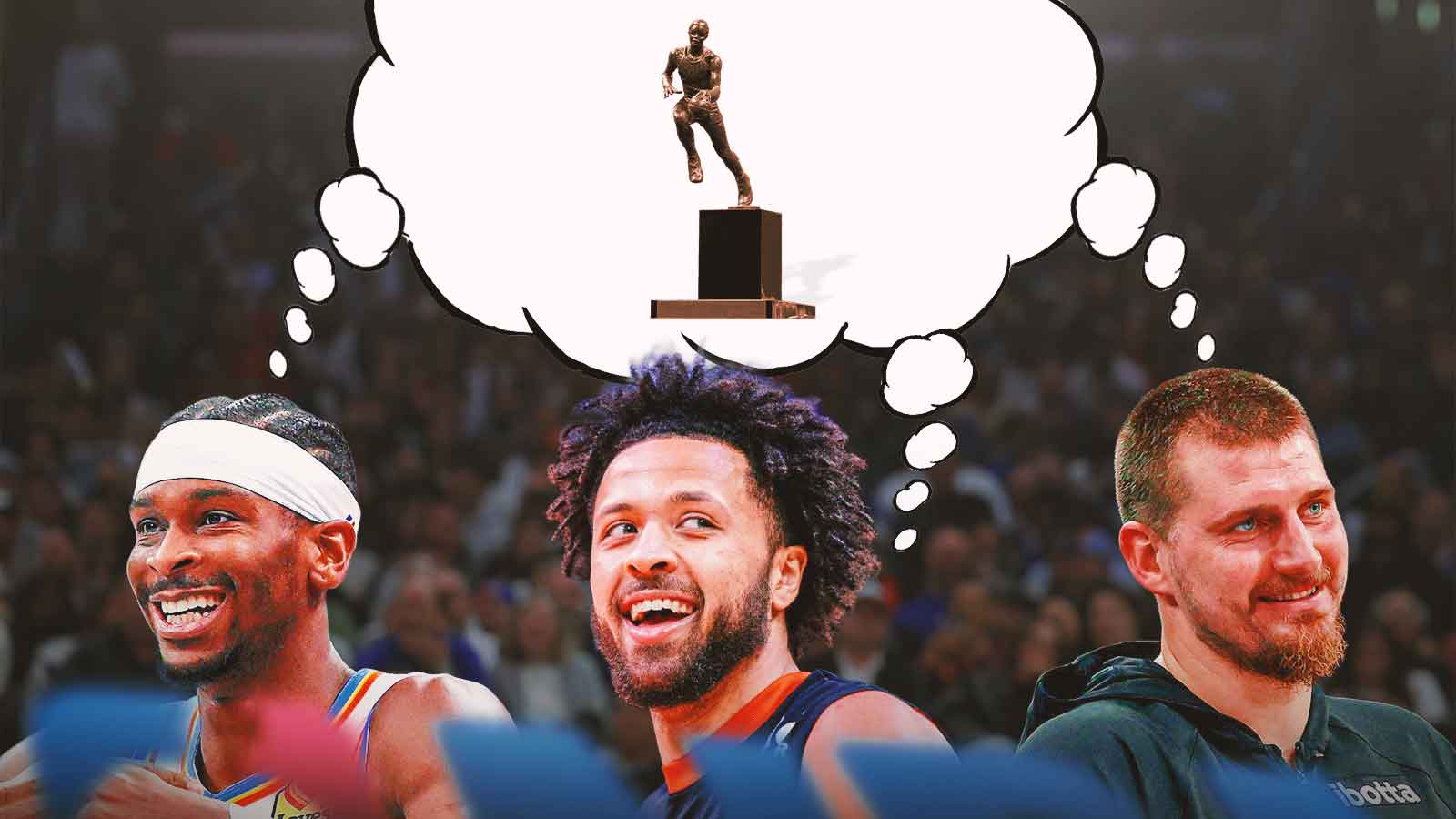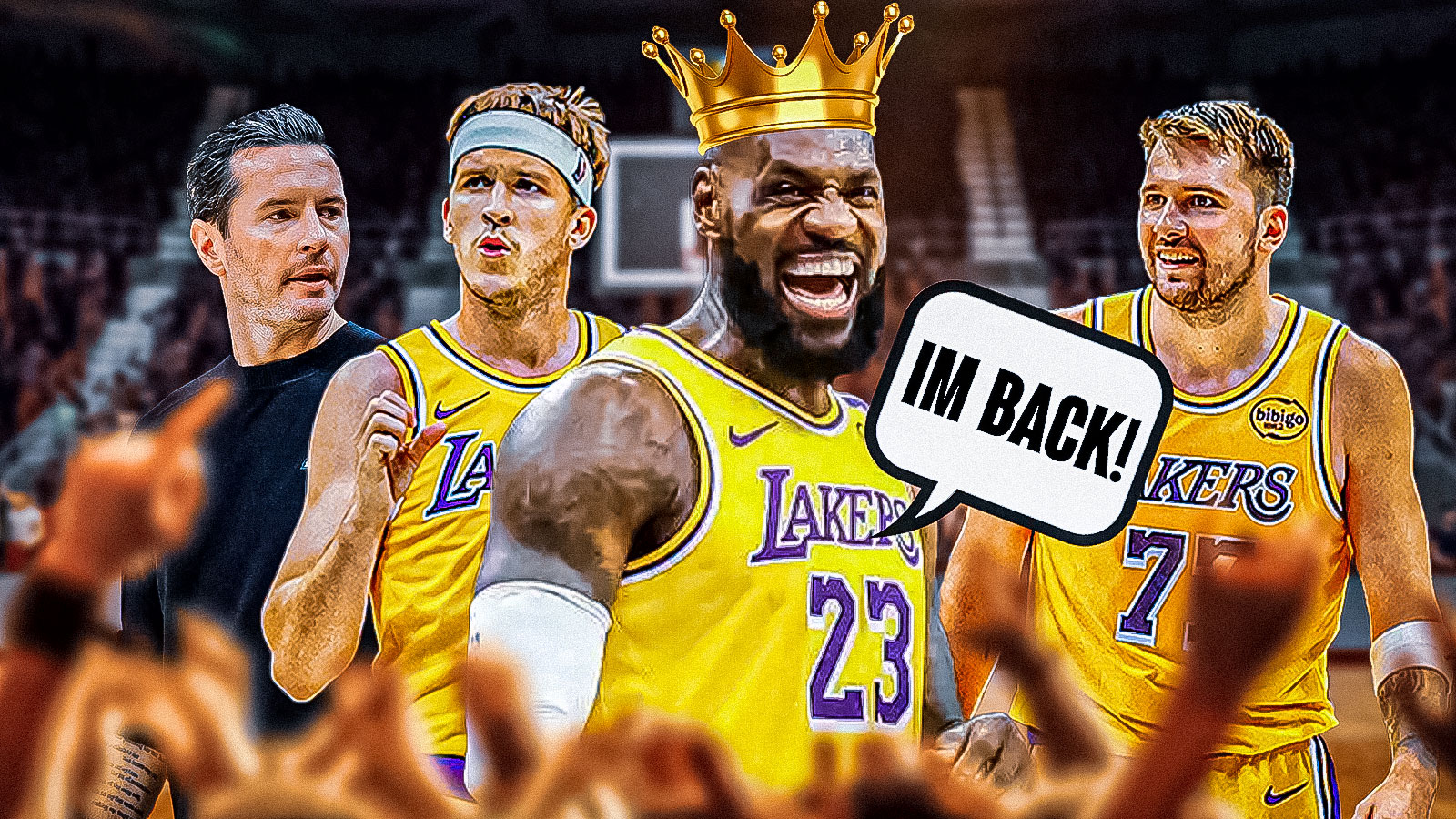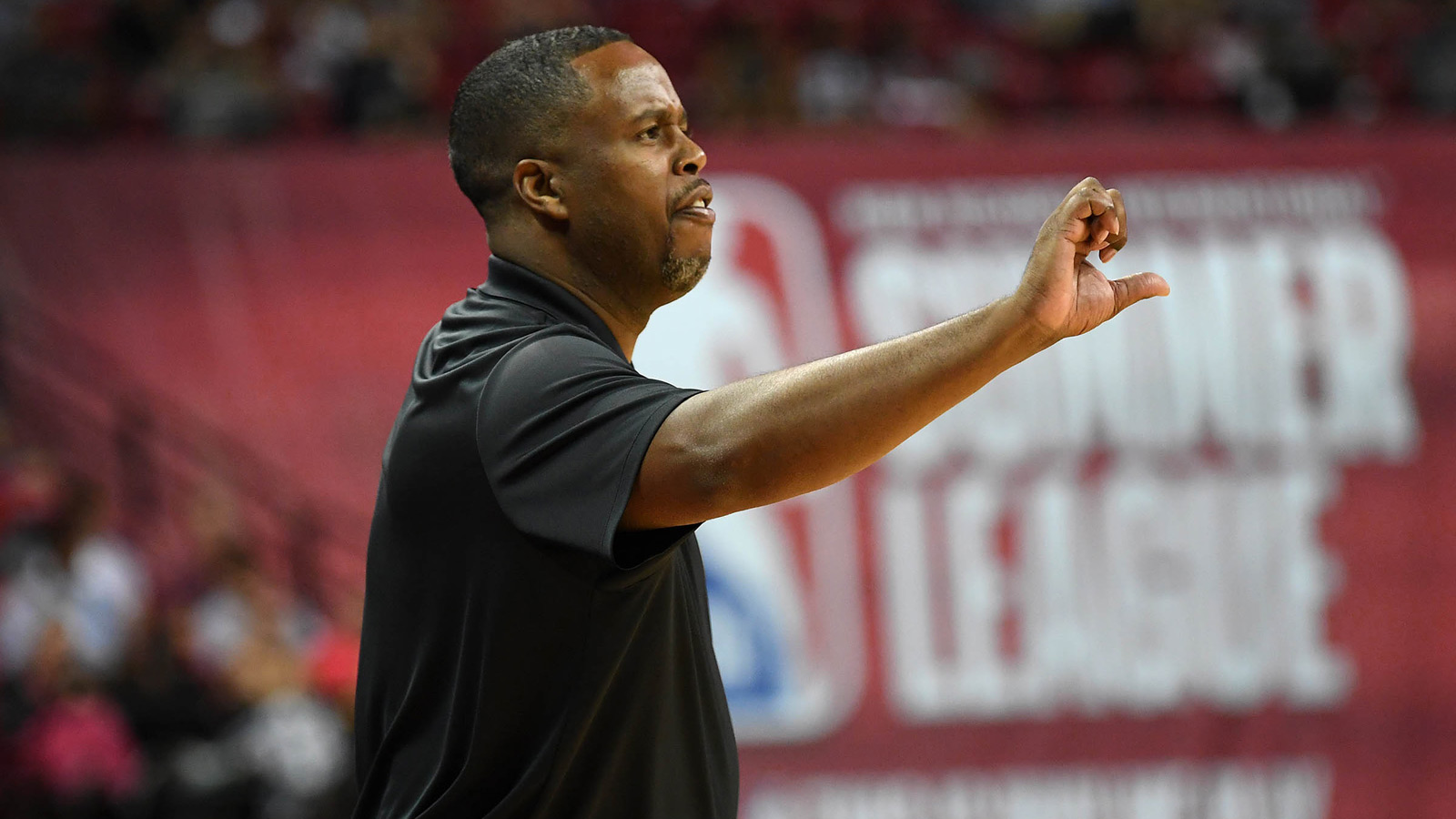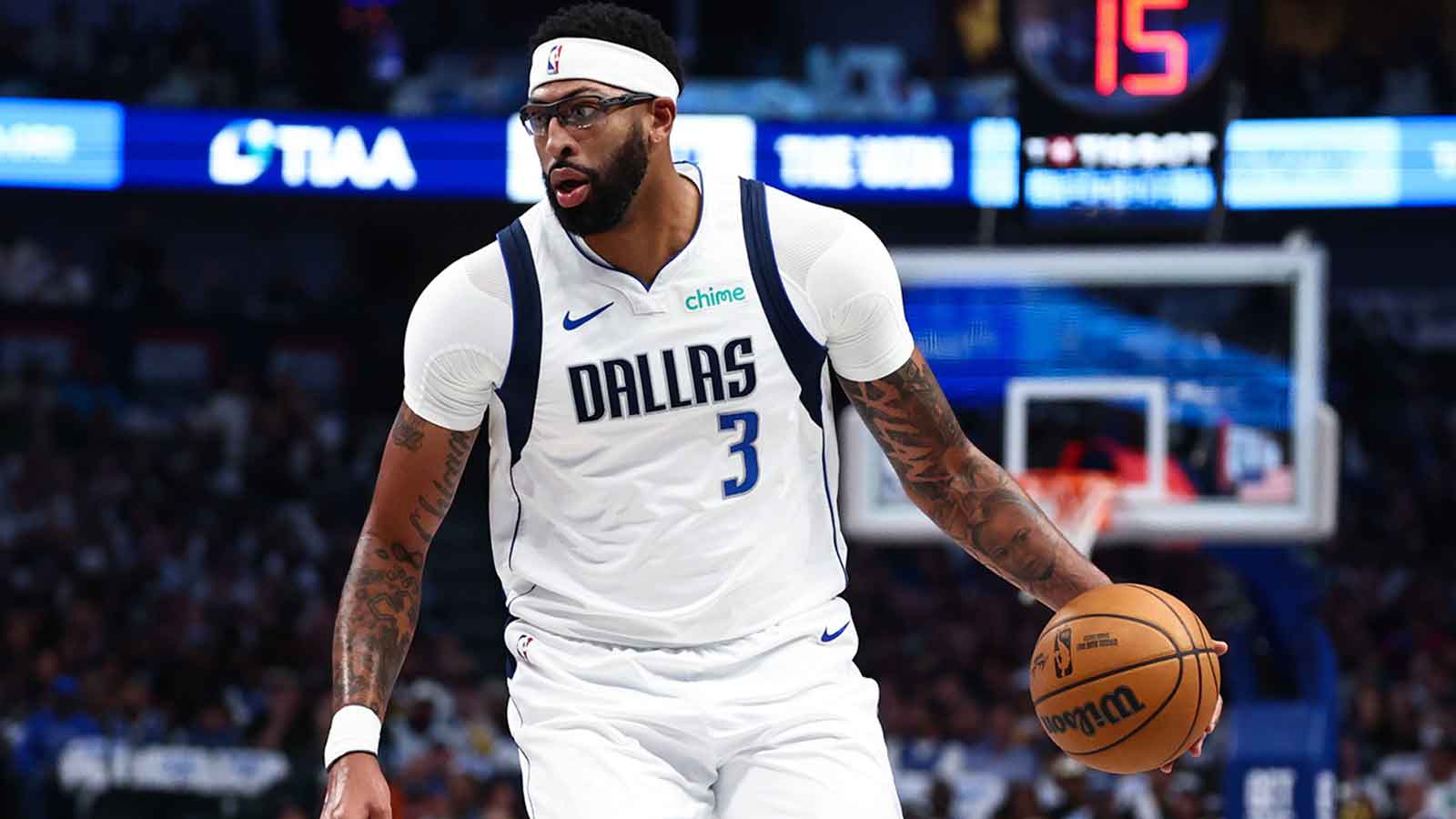By the end of his 19-year NBA career, Shaquille O'Neal was widely known as one of the most dominant big men in NBA history. As good as Shaq was, if the 7-foot-1 center had one weakness, it was his free throw shooting.
For his career, the Los Angeles Lakers legend shot just 52.7 percent from the charity stripe — six percent lower than his career shooting percentage from the field. O'Neal's struggles from the line led to the infamous “Hack-a-Shaq” strategy that is still sometimes used today.
The strategy involves purposefully fouling a player that struggles with free throws (usually big men), as their chances to score are well below league average in that area.
In an interview with ESPN, Shaq recalled one of his favorite stories of the late David Stern, the former NBA Commissioner.
“The thing I loved about David Stern was that he was real. So, we go into his office one day because I'm at the end and I'm letting him know ‘Mr. Stern, next time someone Hack-a-Shaqs me, I don't mind taking 15, 20 games,'” O'Neal said.
Stern jokingly responded that if fouls were called every time someone fouled O'Neal, games would last four hours.
“Shaq, you're over here complaining about fouling? I've got 28 teams complaining about you,” Stern said.
In the 2000-01 season, Shaquille O'Neal took an average of 13.1 free throw attempts per game, a career-high. His worst shooting clip from the charity stripe was during the 2006-07 season with the Miami Heat when he made just 42.2 percent of his freebies.
Shaq would make just 51.3 percent of those shots that season, so perhaps the “Hack-a-Shaq” strategy was effective on some level. Modern players like De'Andre Jordan and Andre Drummond have fell victim to this strategy at some point in their careers.




